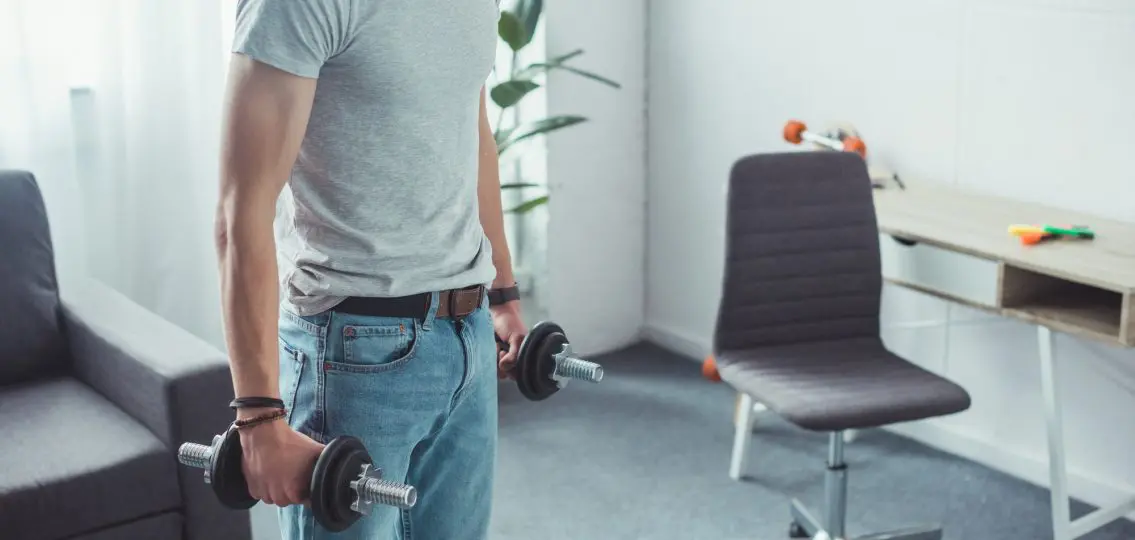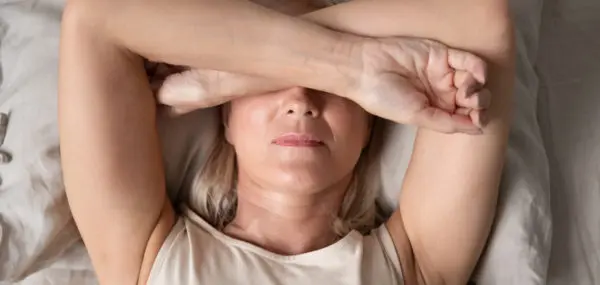“The alarm goes off. Before I hit the snooze or get up, I get my calculator. I have to know how long I have slept. This is the first calculation. I move to the kitchen, writing down what time I began standing because the more I am on my feet, the less guilt I will feel about what I am about to do: eat. Then I measure my food, make my calculations and write them down. I repeat this after every meal and with every activity. I’m owned by a minute-to-minute summary of how many calories I have consumed and how many calories I have burned.”
I admitted to having an eating disorder when I was in college studying health and fitness, but my attitude and obsessions around food and body image began at a young age. As a child, I remember being extremely critical of myself if my peers said anything even mildly negative about me.
At the age of 11, the first time I put on any weight, I began going through periods of self-starvation. My parents’ support and love helped me keep these periods short, but they worsened at the age of 17 when I lost my father to cancer. For years, I went through periods of binging followed by periods of dieting. Dieting diverted my focus away from my pain.
After university, I became interested in health and fitness, hoping to find a way to eat a normal meal and end this battle. I began endurance training and applied to college to become a trainer. At this point, my behaviors around exercise and food escalated. Everything became a calculation. When my weight first began to drop, I was complimented. Students and teachers assumed I was just a very lean runner, but as my weight plummeted and my energy diminished, a few people began to ask me if something was wrong. I made excuses, blamed the stress of school and a lack of sleep, and continued my life in secret.
Over time, my anorexia became extreme, and I began to binge and purge daily. Finally, I fell apart during an exercise class. I could not keep up.
I was ashamed of my lack of energy and what I had done to myself for so long.
My coping mechanism no longer allowed me to function in the day-to-day, let alone through a strenuous exercise routine. Standing in a room surrounded by mirrors that gave me full view of every angle of myself became too much. That was the first time I could see what having an eating disorder had done to me.
It has been two years of self-directed recovery work. I never did in-patient therapy because I didn’t want to drop out of school and quit my job. Because a close relative did in-patient recovery, I had connections and resources. I began group therapy at Sheena’s Place to help build a tool kit of strategies to deal with certain behaviors. Then, I set monthly goals to make small changes in behavior, one at a time.
As I got healthier, I became more aware of other issues I had not acknowledged, so I started seeing a psychiatrist, and he has really helped me to move forward.
As someone who currently works in health and fitness, I am glad to have been through this. Much of my industry is driven by physical appearance, but I am committed to helping others to focus on health, not a look, a size or a fat percentage.
This article was one in a series about male eating disorders, including boys vs. girls.
Read more perspectives: Parent 1, Parent 2, Teen 2 , Expert 1, and Expert 2.




